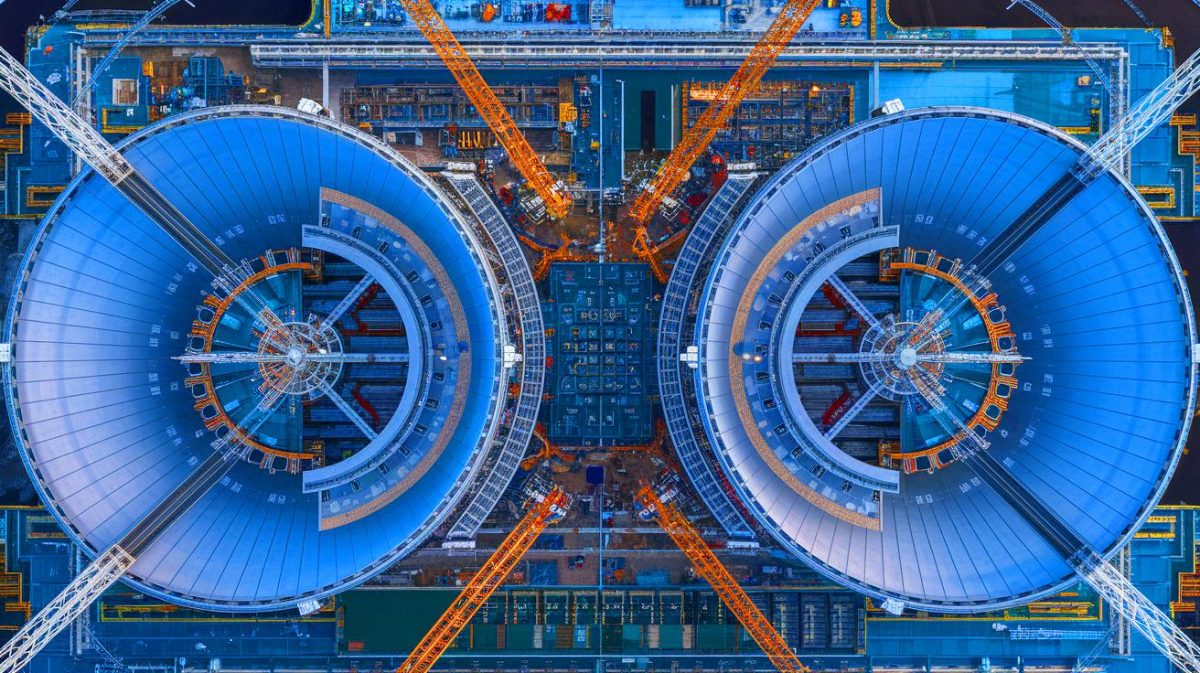| IN A NUTSHELL |
|
The revelation of China’s ambitious project to construct a massive laser fusion research center in Mianyang has stirred widespread discussions and debates. This development, unveiled through satellite images, could potentially reposition China as a significant player in both energy and military research domains. With plans to surpass the scale of the National Ignition Facility (NIF) in California, this facility aims to push boundaries in nuclear fusion research. While there are hopes for groundbreaking scientific advancements, concerns about its potential military applications are also on the rise, prompting global scrutiny.
China’s Bold Move in Laser Fusion
China is making significant strides in the field of laser fusion with the construction of its new research center in Mianyang. This facility is set to be a staggering 50% larger than the well-known NIF in California, as per analyses reported by Reuters. Such an impressive scale positions China to potentially achieve remarkable breakthroughs in nuclear fusion research. By leveraging proven technologies, China is determined not to lag behind in the rapidly evolving field of fusion science.
The newly planned research center is envisioned to become a cornerstone in the domain of laser fusion. With the integration of cutting-edge technologies, it seeks to enhance the understanding of fusion processes and propose new, more efficient and safer methods. While the primary focus of fusion research is clean energy production, the strategic importance of its military implications cannot be ignored. This aspect further underscores the critical significance of China’s ambitious project.
Technological and Military Implications
Central to the Mianyang facility are its laser arrays and target chamber, pivotal for the fusion of hydrogen isotopes—a core process in laser fusion technology. According to Decker Eveleth, a researcher at CNA Corp, these installations could serve both civilian and military purposes. The prospect of developing more advanced nuclear weapons is a major concern for the global community.
The comparison with the NIF in California highlights a trend toward using fusion for enhancing nuclear arsenals. Laser fusion technology allows for effective simulation of thermonuclear processes, reducing the necessity for full-scale nuclear tests. This advancement could potentially disrupt the global nuclear power balance, making weapons more sophisticated and challenging to intercept. Such developments underscore the dual-use nature of fusion technology and its far-reaching implications.
Comparing to the National Ignition Facility
The NIF is renowned for its ability to focus 192 laser beams onto a minuscule target in a fraction of a second, a feat that has led to significant advancements in understanding fusion reactions. China appears set to surpass this technological achievement with a facility 50% larger, which could give it a substantial competitive edge.
By incorporating state-of-the-art technology, the Chinese center could outperform the NIF’s capabilities and set new standards in laser fusion research. The scope of this ambition reflects China’s determination to become a global leader in this field. While this competition among major powers may energize scientific research, it also raises concerns about the potential military intentions behind these developments.
Geopolitical and Scientific Repercussions
China’s emergence as a major force in laser fusion has significant implications on the international stage. Countries like the United States, France, the United Kingdom, and Russia, which also have similar facilities, might perceive this development as a challenge to their technological supremacy. The geopolitical ramifications of this fusion race are intricate and multifaceted.
Scientifically, the operationalization of this center could accelerate nuclear fusion research, paving the way for sustainable energy solutions. However, the looming specter of military applications remains, and the international community is closely monitoring these developments. By bolstering its technological capabilities, China could also influence global energy policies and redefine the power dynamics within the energy sector.
As China advances its ambitious laser fusion research center project, the world watches with keen interest. This technological breakthrough has the potential to transform not only the landscape of scientific research but also the global military power balance. Given these stakes, how will other nations respond to China’s technological leap in laser fusion?
Did you like it? 4.5/5 (21)






Wow, China’s really shooting for the stars! 🚀 But what about the environmental impact?
Is this fusion center gonna be safe for the locals? 🤔
I’m just here for the comments. Carry on, folks!
Thank you for the informative article. It’s incredible to see how far fusion technology has come.
Wait, so this is like Iron Man’s arc reactor, right? 😅